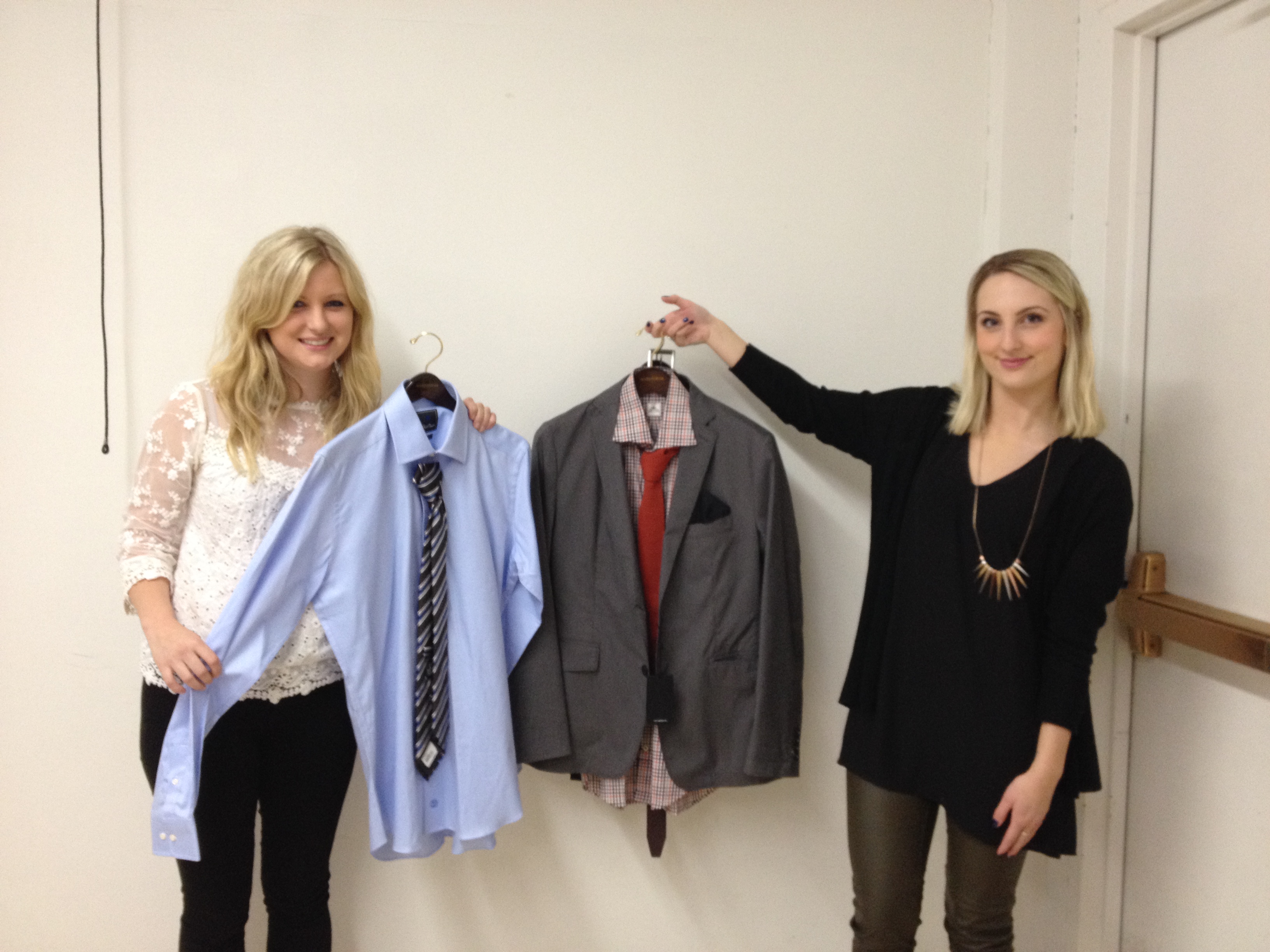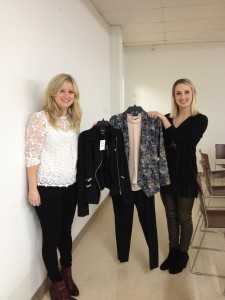
This is a column that aims to answer important questions college students may have regarding money, the job hunt, and everything in-between.
Throughout college we are encouraged, coerced, forced to dress in business casual at some point. Whether it is for your fraternity or sorority’s weekly chapter meeting, a class presentation, a networking event or a speaker, business casual is a must.
For some, dressing business casual is second nature but for others it is a dreaded chore. Regardless, it is an important skill that college students need as we look towards the next step after Puget Sound.
Because this is a tricky subject to master, here are some tips on what to wear for an interview, which can be applied to business casual in general.
Below are some suggestions from Jessica Beroth, a Human Resource Assistant for Nordstrom, Hillary Hadland, Department Manager of Women’s Trend for Nordstrom, and Katie Barth, Assistant Manager of the Men’s Department for Nordstrom.
General Tips
Presentation Matters
• It is better to be overdressed than underdressed. What you wear is a form of presenting yourself. The way you dress also shows how much you care about the event you are attending. If you did not take the time to get ready and look presentable for an event it will show.
• Dress for the industry and company. The way you dress for an interview at Google is different than the way you would dress for an interview at a law firm. Learn about the company and their culture. Don’t be afraid to ask the interviewer what the expected wardrobe is.
• Dress comfortably but remain professional. If you are constantly fixing your clothes it can be really distracting to the interviewer, making them pay less attention to what you are actually saying. Additionally, you do not want to be in a stressful situation only made more stressful because you are wearing something uncomfortable.
• Incorporate personal style while staying professional. You want to stand out and while what you say is more important than what you wear, your clothing can help you stand out.
• Details matter. Pay attention to the little things. For example, are tags tucked in? Is there a stain on my shirt? You know the saying, “the devil is in the details.”
• Clothes should be pressed, neat and a good fit. You may have on a nice shirt but it will not look good if it is all wrinkly or does not fit you.

For Women
• A third piece ties the outfit together. Think of a nice jacket or blazer. Some examples: black jacket with an asymmetrical zipper and elbow detail, a white blazer, or a patterned jacket.
• It is important to note that if you have a statement piece such as the patterned jacket above, keep the rest of the outfit clean and simple.
• Accessories: err on the side of caution: big and bold can be distracting but if worn with a toned-down outfit it could work. For earrings you do not want anything super large or distracting since it will overwhelm your face.
• As for bags we recommend nothing too big or bulky. Opt for a cross body bag.
• Nothing too short or overexposing.
• Wear hosiery if skirt or dress length is above the knee. At Nordstrom’s it is generally from October to February when hosiery is a requirement.
• Nails manicured. Chipped nails are not a good look and details matter.
• Makeup and perfume moderate. Keep your makeup more natural, you do not want to be covered in it. Additionally, some people are allergic to artificial scents so keep that in mind.
For Men
• A third piece ties an outfit together. Wear a jacket or a blazer with a fun pattern or a fun tie.
• You do not need a full suit. Slacks and jacket or blazer should be a different color or pattern.
• You can show your personality with a tie, a jacket or socks.
• Do not be afraid to play with patterns and colors. An example is a blue shirt with a striped tie that has hints of blue in it. Or a patterned shirt with hints of burnt orange so a tie that is almost that same color. Just make sure to stick with three colors at most, create a color scheme.
• For a more casual place of business such as Google or Amazon, slacks are not necessary but do opt for jeans that are more formal, like a black or dark blue wash.
Regardless of your major or what your plan is after college, knowing what to wear for interviews or for business casual events is an important skill to have and one that should be mastered.


